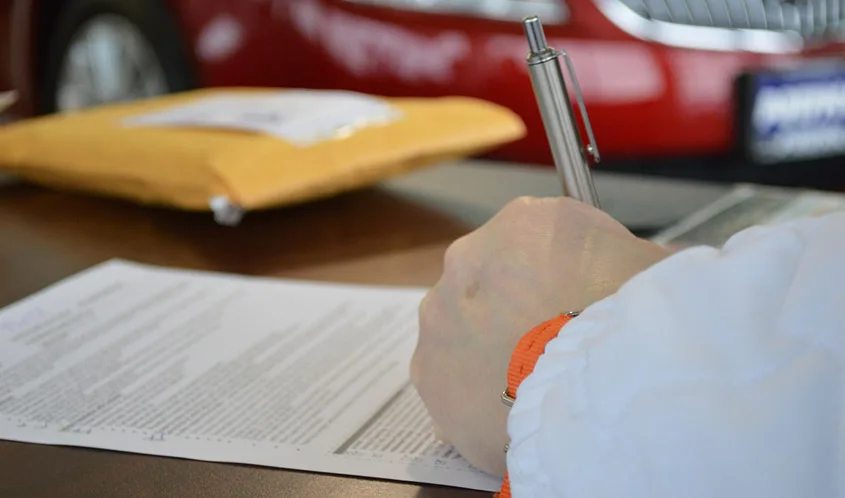
by Howard N. Aronson, managing partner, Lackenbach Siegel LLP
The last thing a toy company wants to hear when you are about to launch a new product or service is that someone else may own rights to the brand that fits its product or service to a “T.” You may think that never happens, but it often does.
Read and Heed
That’s what Zoom Video Communications Inc., the company offering the video and web conferencing that became seemingly indispensable during the 2020 pandemic, learned. In 2018, Zoom Video filed a trademark application for the mark Zoom for “digital video cameras, microphones, and digital video display monitors.” It had been using its Zoom mark since 2014 for these products, but the Patent and Trademark Office (PTO) refused registration of the Zoom Video mark because the PTO believed consumers would be confused between that mark and another Zoom mark — applied for by LG Electronics for smart watches and related products. And that application had been filed only about three and a half months earlier than the Zoom Video application. What’s more, the LG mark wasn’t even being used yet in the U.S.
But the situation gets more complicated — LG application wasn’t home free either. The PTO refused registration of that application as well, stating that consumers would be likely to confuse the LG products related to the Zoom mark with other goods listed in existing registrations for the mark Zoom — goods ranging from battery packs to computer software to computer games to computer security products. Ultimately, LG may have to appeal the PTO’s refusal to register its Zoom mark — and appeals can take a long time and cost a lot of money, with the outcome uncertain.
But if the LG application eventually does gain PTO approval for registration, Zoom Video would be faced with opposing registration of the mark — another potentially lengthy, uncertain, and expensive process.
Meanwhile, this May, Zoom Video filed two new applications for the Zoom mark for software related to its now very well-known video conferencing services. The company’s actual use of the Zoom mark for these popular services dates back to 2012 and 2013. Trademark rights in the U.S. are based on use, so in general, the party that has been using the mark longer has superior rights, even as against a party with a registration. Even so, at least one registered Zoom trademark for computer software was in use before 2012 and 2013, so Zoom Videos’ rights are still uncertain.
Find Out What You Don’t Know
The facts don’t change, but a search before filing reveals ambiguity and difficulties, allowing for alternative marks to be vetted, perhaps avoiding wasted investment, confusion, and possibly an infringement suit.
Start Here
The takeaway for toy companies is that planning for intellectual property protection — including patents, trademarks and copyright — should be one of the first steps in the business development process. For trademarks in particular, toy companies should conduct a trademark clearance search as a preliminary step to investigate whether a mark is likely to be available for use and registration. Then, as soon as decisions are made to use the mark, applications for federal registration should be filed.
The clearance search can reveal any conflicting uses of the mark — not only marks that are registered in the PTO, but also marks that are in use for similar toys or toy-related services in the U.S. That’s because the owners of such preexisting marks can pose a threat to the validity of your trademark and force you to stop using your mark after you’ve invested a considerable amount of time and money in the brand.
And although you may believe that you are familiar enough with the toy marketplace to know whether or not a competitor is using the mark, the search will likely document any other uses that are related to toys but of which you may be unaware.
If the search reveals no direct conflicts, it’s time to move ahead with the trademark application process as soon as possible. There are many instances of a conflicting application being filed a few days and even one day earlier. In such a scenario, you may be compelled to abandon your trademark and start the process all over again.
Your IP counsel can guide you through the process of selecting, clearing, and applying for a trademark, avoiding wasted time, effort, and expenditures. Remember that if you wait to file a trademark application until you’re absolutely sure every step is in order — from supplies to manufacturing to marketing — you risk losing your ability to register your trademark, at least without huge expenditures of time and money, because another user is blocking your path.
This article was originally published in the July/August 2020 edition of the Toy Book. Click here to read the full issue!


